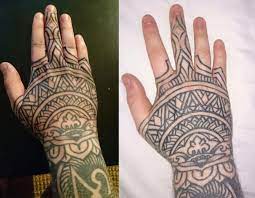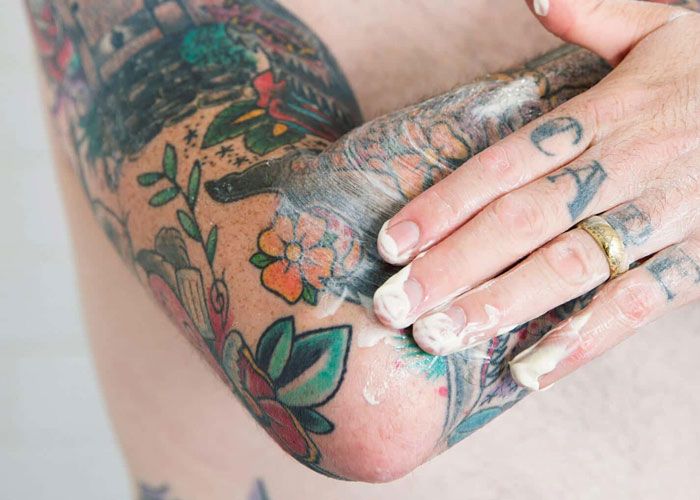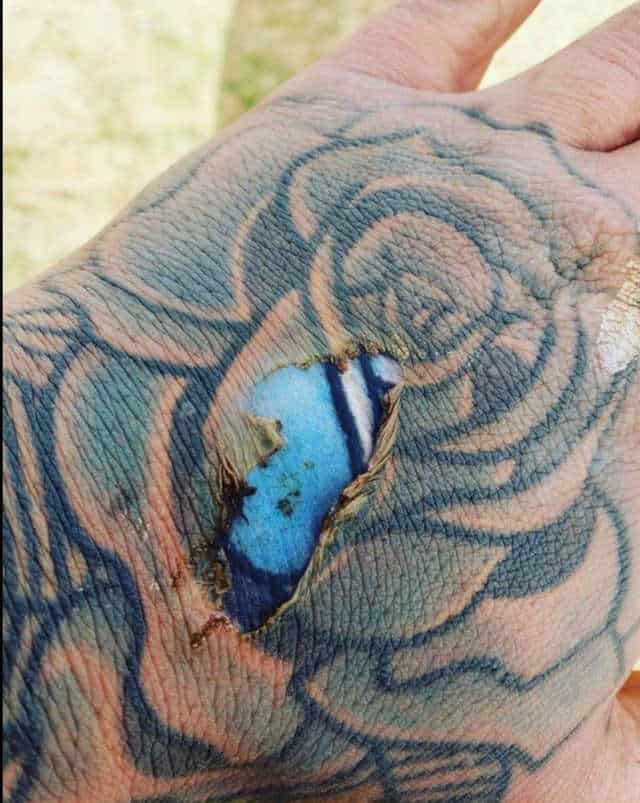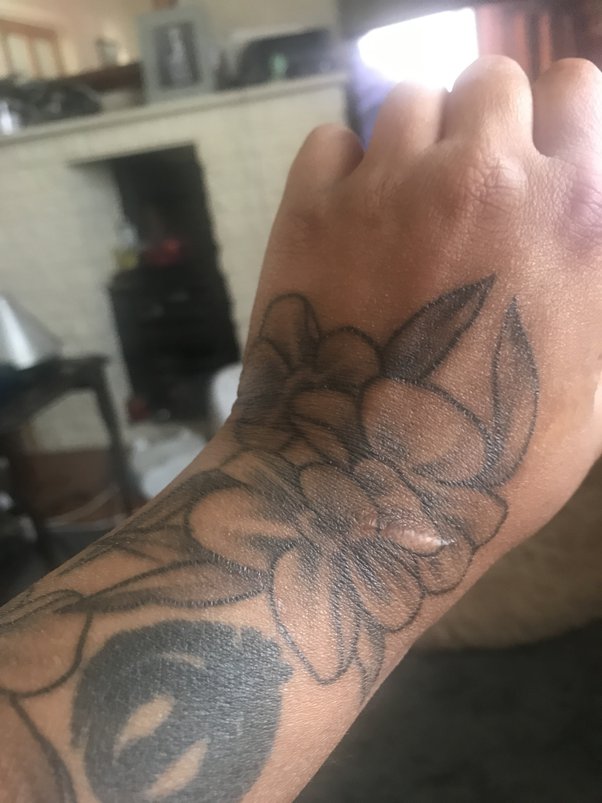

Stage 1: Redness and Swelling
During the first week of healing, washing hands frequently with warm water and mild antibacterial soap is essential to prevent infection. Redness and swelling are expected during this stage, similar to an injury. If redness and itching persist after the first week, seeking medical attention to address potential issues is essential. Use moisturizer to soothe the skin, but avoid scratching to prevent infections. Apply ointment twice daily until the skin returns to its normal texture. If bubbles appear, stop applying cream and let the tattoo dry completely.
Stage 2: Itching
Itching is a sign of healing, accompanied by scabbing and peeling of skin cells. Avoid scratching or bathing the tattoo too frequently to prevent scarring and infection.
Stage 3: Scabs




At this stage, the skin may flake and form scabs, which is normal. Avoid picking at the scabs to prevent scarring and damage to the tattoo. Clean the tattoo at least twice daily and avoid excessive ointment application. Avoid water immersion as it can soften the scabs and introduce bacteria. Wait until this stage is complete before participating in activities like swimming.
Stage 4: Peeling
Each tattoo heals differently, but most follow a four-stage healing pattern: oozing, itching, peeling, and post-care treatment. After getting a hand tattoo, the surrounding skin will peel, flake, and scab. This is normal but may make the tattoo appear cloudy, especially if there’s white ink. Avoid scratching or picking at the scabs, and keep the skin moisturized. Eventually, the scabs will fall off, and silver skin may form over the tattoo, indicating healing and returning to its original brilliance.

